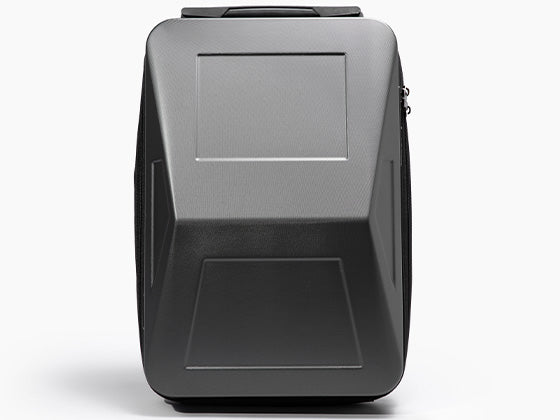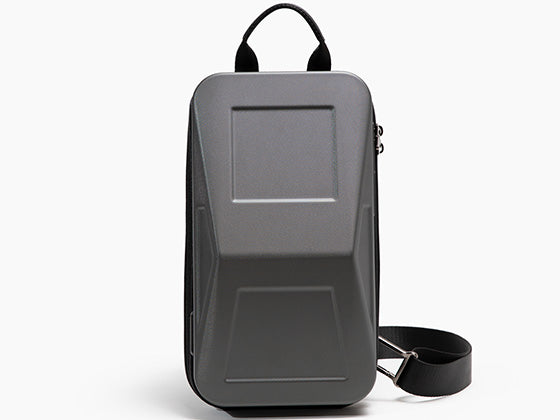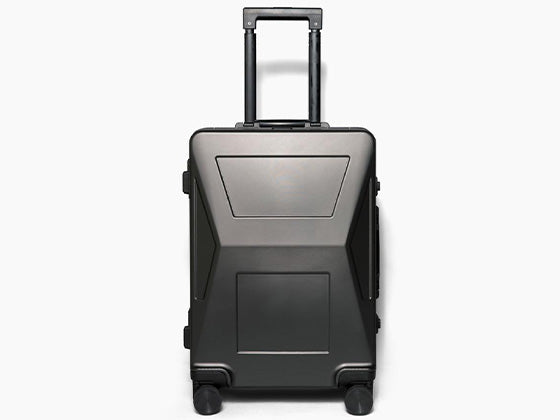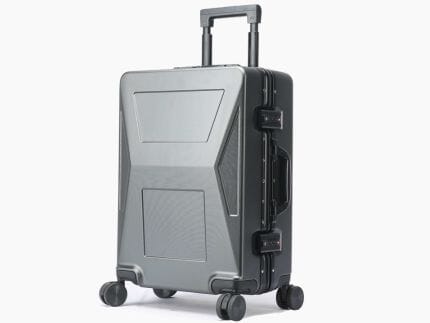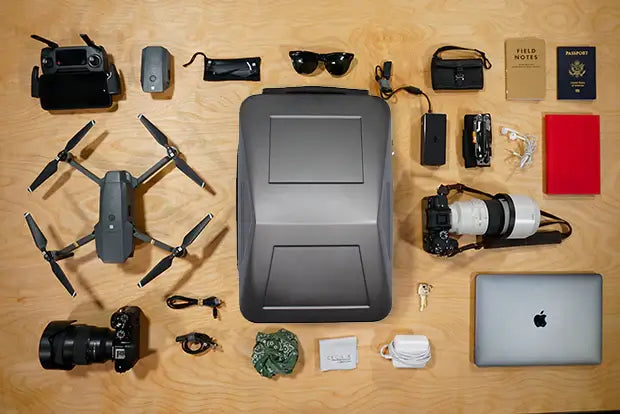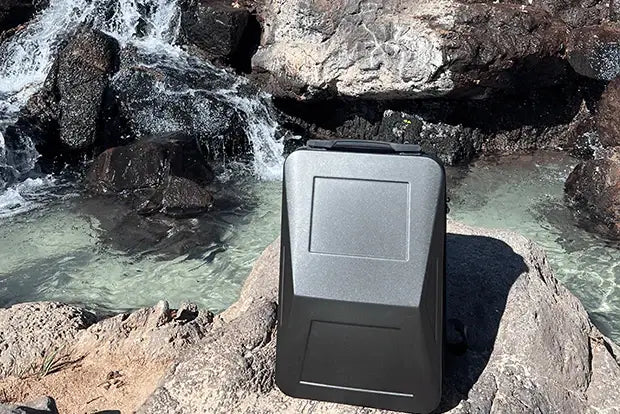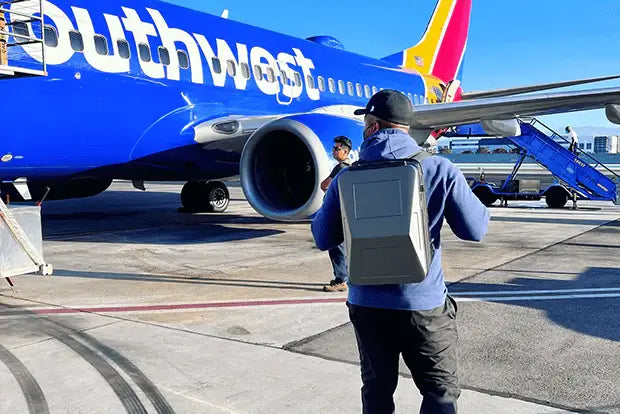Everybody carries a backpack. Be it an elementary schooler or a full-grown adult, a backpack is a go-to option for bringing all of your essentials to school or work. The two straps equally distribute tension across both shoulders, placing less pressure on the body than a tote bag, briefcase, or messenger bag. Backpacks with hip belts and sternum straps help circulate the weight even more so that it isn't completely on your shoulders.
Can A Backpack Cause Back Pain
Yes. Wearing a backpack incorrectly or carrying one that is excessively heavy can cause lower back pain after carrying a heavy bag and be detrimental to the spine. Back discomfort, neck pain, poor posture, and intervertebral disc compression, which may lead to a herniated disc, all have been shown to be connected to improper backpack use. Unfortunately, many backpack users appear to be putting themselves at risk.
So, how should you carry your backpack? Here’s what our team has to say.
How To Reduce And Relieve Back Pain From Backpacks
Pick The Right Size
Most people encounter back pain after carrying a backpack. The proper size backpack is determined by your body size, especially your torso length. This is measured from the base of your neck to your waist. Many outdoor gear stores can measure your torso for you and recommend the appropriate size backpack. The pack should feel comfortable once it's on, with the top of the pack riding just below shoulder level and the bottom of the pack at approximately waist level.
Keep in mind that the size of the backpack is not the same as its capacity, or how much it can hold. Depending on the type, a backpack can have a capacity ranging from roughly 18 to 35 liters. Our very own CyberBackPack for instance falls towards the larger capacity bags, standing at 26 Liters.
The more space you have, the more items you may be tempted to take, but a completely loaded backpack should always weigh within 15% of a person's total body weight. If you have to carry extra, consider how the weight is distributed. Place heavier objects within the bag closer to the spine. This makes the bag seem lighter, putting less strain on your back.
You’re Picking Your Bag Up Wrong
It's all too simple to take your backpack from a chair or the floor without considering the consequences. However, lifting a big bag incorrectly might result in severe discomfort for you in the longer run.
You should ideally face your backpack and stand with your feet shoulder-width apart. Bend your knees and squat with a straight back, putting your weight on your heels. Lift the backpack off the ground with both hands, keeping it close to your body. Try to avoid lifting it from the side or twisting actions. Swing your bag onto your back after you've regained your balance.
Don’t Just Toss It Over One Shoulder
Don't hurt yourself by wearing your backpack incorrectly after you've painstakingly lifted it up. Backpacks should always be worn with both straps and positioned so that the top of the bag is just below your shoulders and the bottom is above your hips. Try and consider wearing your bag this way to keep the weight centered rather than being tugged to one side or the other, which can contribute to constant pain, even if it feels uncool. We’ve all been there.
The spine, ribs, shoulders, and neck can be harmed by carrying a bag over one shoulder. It should be positioned such that your arms may move freely in a typical walking motion. Any limitation in arm mobility might cause spinal fixations, which are a 'locking up' of the spinal bones. This can result in scoliosis, difficulty breathing, and general stress. Using only one strap will disrupt your spinal alignment and may cause postural abnormalities in your muscles and spine in the long term.
Keep It Nice And Tight
Once you’re all strapped up and ready to go, be sure your torso isn't being pulled down by a sagging bag.
Most individuals make a rookie mistake. They let their bag dangle too low, never adjusting the arm straps enough. This puts extra strain on your neck and shoulders and slamming on your lumbar spine and sacrum. This also impacts how you walk since your center of gravity is shifted and you must lean forward to compensate. A low-hanging bag is going to pull your weight downwards and backward. And to counteract this, we move our upper back and head forward.
This can lead to a slumped posture, similar to the one many folks develop when they’re on their cellphones, and muscular soreness. Simply tightening your backpack straps might help you avoid the hunch and persistent discomfort. We also recommend using the chest and belly straps that are commonly available on backpacks. While they aren't particularly fashionable, fastening them helps to stabilize the weight you're carrying.
Make The Right Choice
You’d be confused and overwhelmed by the number of backpack options available at stores. While our Tesla-inspired Cyber Backpack is a one-size-fits-all scenario, we can still give you these five tips if you choose to go for something else out there.
- The width should be no more than the width of your torso. It should be snug on the back and not stretch to the sides. At the opposite end of the spectrum, wearing a substantially thinner bag than your body is perfectly fine.
- We recommend choosing a pack with adjustable straps. You can adjust it to size so that you get the right fit whether you're wearing a T-shirt or a winter coat. The straps should be broad and cushioned to prevent them from digging into your shoulders.
- Hip belts can assist relieve shoulder pain. While they are common in hiking packs, many daypacks for school or urban still have them. If you have shoulder or back pain while carrying your bag, you should look for a pack with a hip belt.
- Sternum straps are important too. They increase load stability by joining the shoulder straps across your chest. If your pack sways frequently or the straps fall off your shoulders, get yourself a bag with a chest strap.
- Because many adult packs are made for boys and men with longer torsos, the length of a backpack is also important. Children and women should especially consider this as they have shorter torsos.
Conclusion
If we could leave you with one piece of advice, it would be to size your pack like your shoes rather than your tee shirt. A well-fitting pack helps you get more comfortable and spend less energy. It also helps you to properly use your pack and fill it to its optimal capacity. Both of these things help you get the most out of not only your bag but also yourself, which is what we want for all of our clients.
By wearing a backpack correctly, you can lower your risk of back, shoulder, and neck problems. Take the time to shop for the right size and style of backpack. Then ensure that you carry what is essential and do not overburden yourself. Your pack should lessen your load, not add to it. By following these backpack safety rules, we guarantee that your bag will work for you rather than against you.
